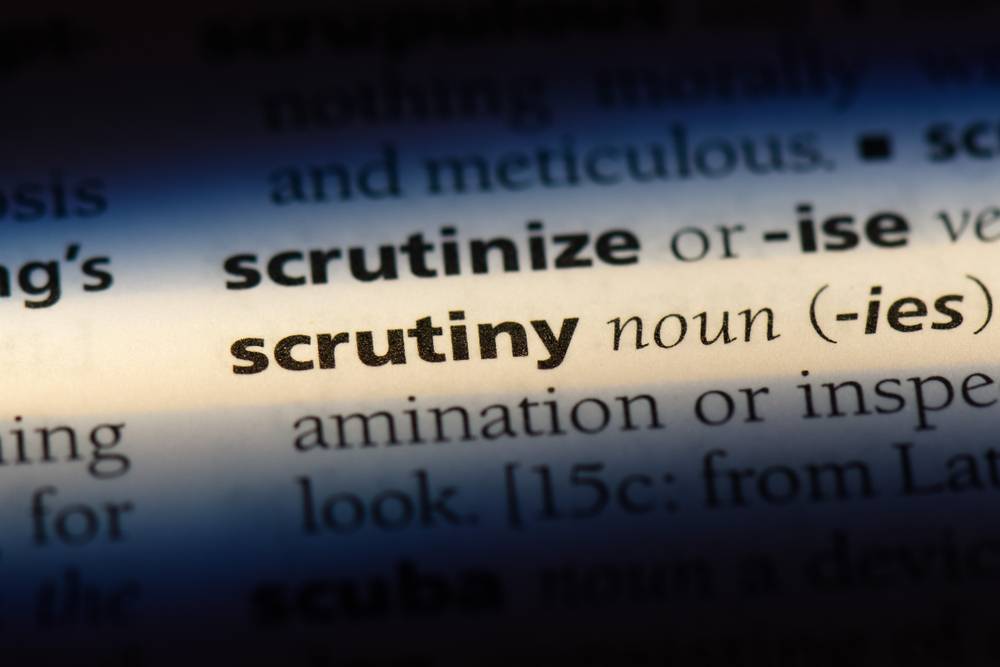 Last updated: March 18th, 2020 11:29 AM
Last updated: March 18th, 2020 11:29 AM
Income Tax Scrutiny
Income-tax scrutiny refers to the act of summoning taxpayers for making enquiries about the returns filed in relation to an assessment year. The provision regarding Income Tax Scrutiny is invoked if the concerned tax officials have a reason and evidence to believe that the expenses and income declared in the returns have been incorrectly stated. The scrutiny is aimed at providing taxpayers with an opportunity to substantiate the accuracy of the filing through documentary evidence. The provision of scrutiny is initiated with the issue of a scrutiny notice to the concerned taxpayers, who are in turn required to respond. The notice is issued under a particular section or clause and would include the reason for such scrutiny. Post this stage, the officer may conduct inquiries with the assessee as considered necessary. As already stated, the notice is meant to facilitate the assessee with an opportunity to substantiate the relevant particulars declared while filing the returns.Reasons for Scrutiny
The Income-tax Department pursues scrutiny assessment by means of following a set of predetermined guidelines. The process is also carried out using sophisticated technology that aids in identifying instances of errors. Listed below are some of the most common reasons for the enactment of this provision:- Non-filing of tax returns
- Rapid rise or fall in income
- Abnormal value of transactions
- Mismatch in TDS credit
- Understated income
- Non-declaration of exempted income
- Underpayment of tax or misappropriation
Timeline for Issue of Notice
A notice under this provision is to be issued within six months from the end of the financial year of filing returns. An issue of notice after this period will entitle the assessee to raise an objection with the jurisdictional tax authority.Types of Notices and Recipient’s Response
Notices under Section 143(2) is issued in any of the following forms:- Limited Scrutiny
- Complete Scrutiny
- Manual Scrutiny
Consequences of Non-Compliance
Non-response to the notice may result in a penalty of Rs. 10,000, in addition to additional taxes. It may also force the Assessing Officer to complete the scrutiny on the basis of ‘Best Judgement’, whereby the assessment can be confirmed and finalized as the Assessing Officer deems fit. Taxpayers who are defaulting could be targeted for a more rigorous assessment in the form of a survey, or search and seizure operation.Popular Post

In the digital age, the convenience of accessing important documents online has become a necessity...

The Atalji Janasnehi Kendra Project that has been launched by the Government of Karnataka...

The Indian Divorce Act governs divorce among the Christian couples in India. Divorce...

When an individual has more than a single PAN card, it may lead to that person being heavily penalised, or worse,...

Employees Provident Fund (PF) is social security and savings scheme for employee in India. Employers engaged...


